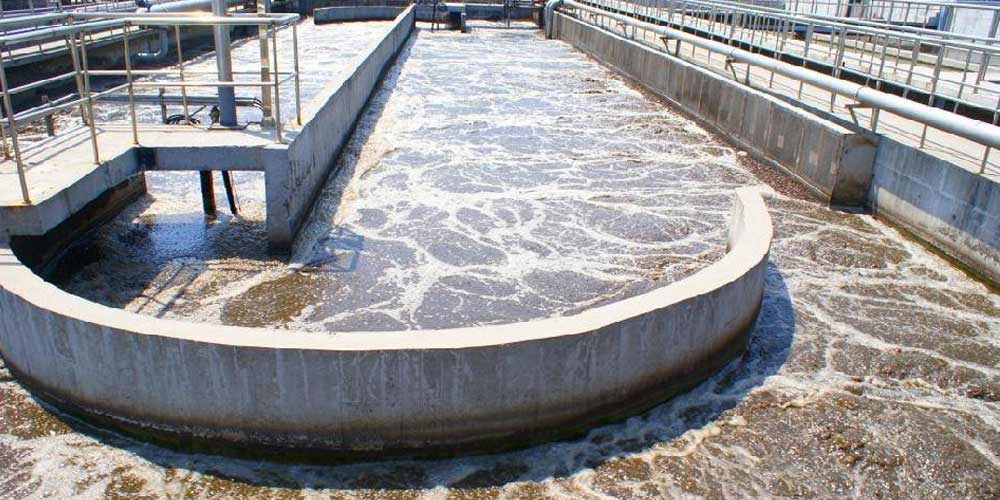Wastewater treatment is a complex process that requires the use of a variety of chemicals to help purify the water. Flocculants are one of the important chemicals that play an important role in the sewage treatment process. This article will introduce in detail the dosage of sewage treatment chemicals, the application industries of flocculants in sewage treatment, the role of sewage chemicals, and precautions for using flocculants.
The dosage of sewage treatment chemicals depends on the quality of sewage, treatment process and actual conditions. The following are examples of dosages of some common sewage treatment chemicals:
Polyaluminum chloride (PAC): Commonly used as a flocculant, it can react with negatively charged colloidal particles to produce settling hydroxide micelles to remove suspended solids and heavy metal ions. Under normal circumstances, the dosage per ton of raw water is about tens of grams, but the actual dosage needs to be adjusted according to the raw water quality and process conditions.
Polyacrylamide (PAM): used as a coagulant to improve the tightness and stability of the floc. Generally used in conjunction with polyaluminium chloride, the dosage per ton of raw water is about a few grams, but the actual dosage needs to be adjusted appropriately according to process conditions and types of pollutants.
Flocculants are widely used in wastewater treatment, mainly including the following categories:
Industrial wastewater treatment: Industrial wastewater contains a large amount of suspended solids, heavy metal ions and organic pollutants. The use of flocculants can effectively remove these pollutants and purify the wastewater.
Domestic sewage treatment: Domestic sewage contains a large amount of organic matter and suspended solids. The use of flocculants can effectively remove these pollutants and improve water quality.
Farm wastewater treatment: Farm wastewater contains a large amount of organic matter, ammonia nitrogen and other harmful substances. The use of flocculants can effectively remove these pollutants and improve water quality.
Industrial wastewater: The use of flocculants can effectively remove suspended solids, heavy metal ions and organic pollutants in the water and improve water quality.
The functions of sewage chemicals mainly include the following categories:
Removal of suspended solids: Through the action of flocculants, suspended solids in wastewater are aggregated into clumps to facilitate sedimentation and filtration.
Removal of heavy metal ions: Through the action of flocculants, heavy metal ions in wastewater are converted into hydroxide precipitates for easy removal.
Removal of organic pollutants: Through the action of flocculants, organic pollutants in wastewater are converted into hydroxide precipitates or oxidized into other substances for easy removal.
pH adjustment: Adjust the pH of wastewater through the action of alkali or acid to purify wastewater.
Things to note when using flocculants:
Choose the appropriate flocculant: Different flocculants have different functions and effects. It is necessary to choose the appropriate flocculant according to the actual situation.
Control the dosage of medication: Insufficient dosage will affect the effect, and excessive dosage will cause waste and economic losses. Therefore, it is necessary to control the appropriate dosage according to the actual situation.
Stir thoroughly: Stir the flocculant and water thoroughly to fully dissolve and react.
Pay attention to temperature and pH value: Temperature and pH value have an impact on the effect of flocculant and need to be controlled carefully.
Post time: Sep-27-2023


